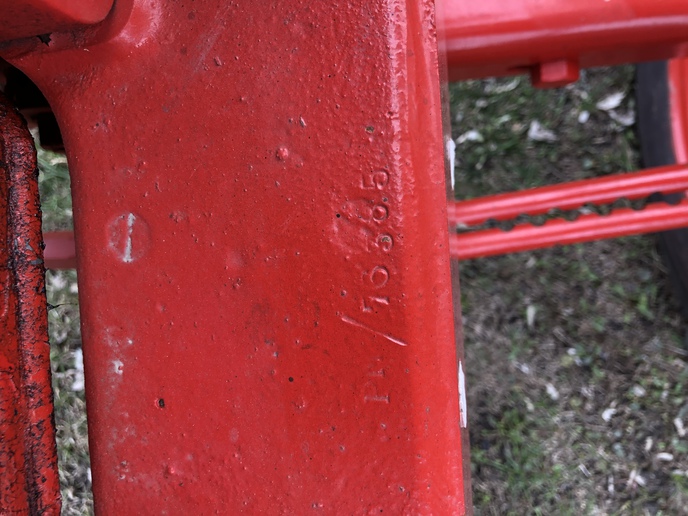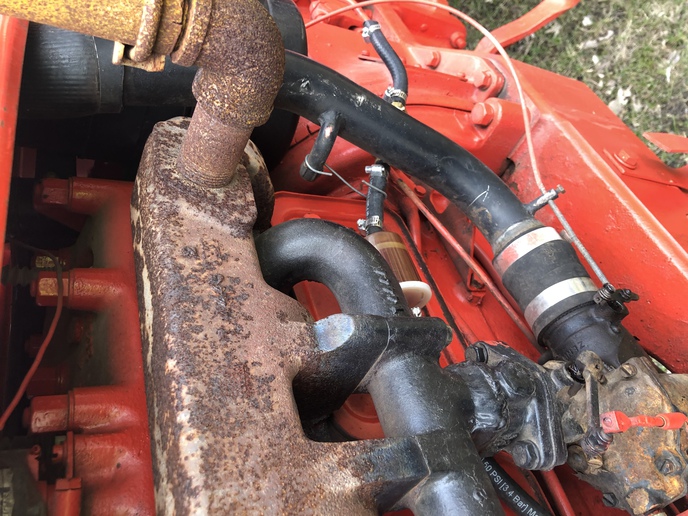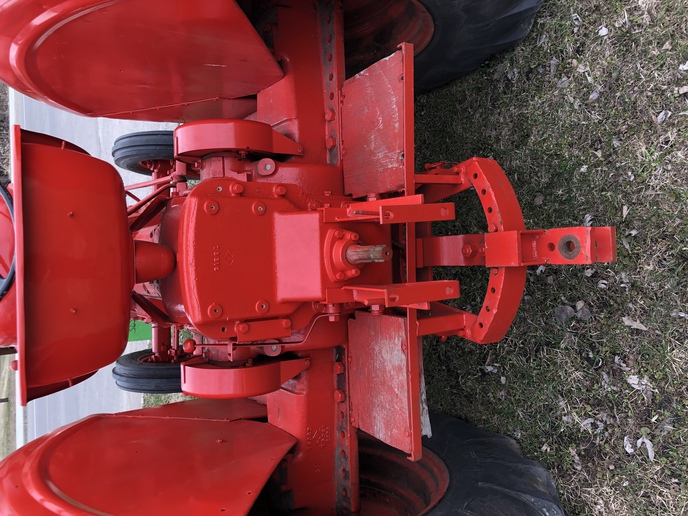db4600
Well-known Member
I got a second chance to look at the Nuffield today and it was
as you said. I have a DB 4600 which is a gasser. They?re
about as common as left handed hockey goalies so you can?t
find much info on them on this side of the pond. I feel like the
Nuffield is the same thing. According to the ser# my guess of
the PM-4 was correct.

as you said. I have a DB 4600 which is a gasser. They?re
about as common as left handed hockey goalies so you can?t
find much info on them on this side of the pond. I feel like the
Nuffield is the same thing. According to the ser# my guess of
the PM-4 was correct.




